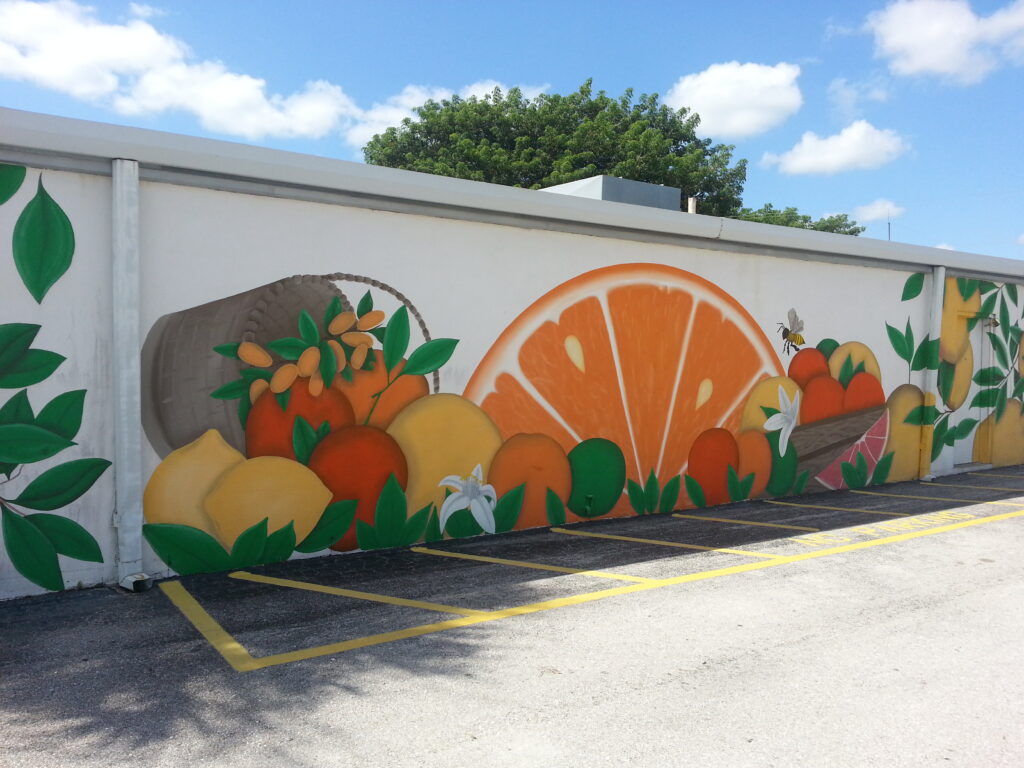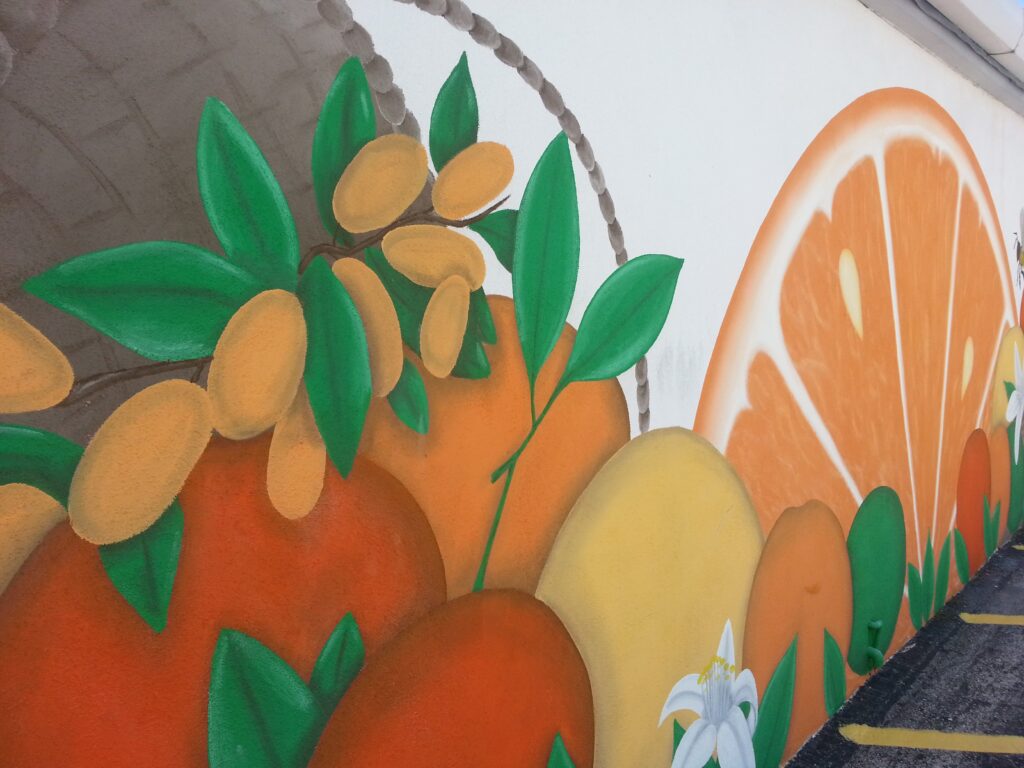Our communities have a wealth of diversity and variation in all categories. However, with respect to school facilities and how they engage or represent their community culture, there can be a level of disparity. This presents an active opportunity to take a closer look. By evaluating these gaps in expression, we can find ways to incorporate them into the design and planning process. Think of space as a collectively active support system providing opportunities for student connection that is meaningful for and relatable to them through culture.
People are our primary resource. Culture motivates people as a reference for the processing and unpacking of challenges, triumphs, accomplishments, and failures. Culture bridges home life with public life, personal identity with group identity, virtual reality with physical reality. It is a powerful tool typically unreferenced when planning learning environments but should be so that we can understand how students would want themselves represented, and what in turn would truly inspire them and make them want to come to school day after day.

Student agency develops over time into leadership ability. Self-initiated learning, fueled by personal interests, drives taking action, bolstered later by the ability to trust and share with others. Teachers help guide the journey and are contributors to it, but ownership of the process lays with the students. The built environment acts as a supportive vessel for exploration and discovery. The more the built environment can reinforce community culture, the better the student experience will be. One size does not fit all, each design response will be different.
Once comfortable and feeling secure in the environment, each individual student will be more willing to share with others and foster group dynamics. Students learning from each other pushes them forward to learn more together. Some pressure comes off the teachers as they do not have to generate as much content to inspire. They can switch gears to guiding the energy of the students forward through active learning of the material.

Culture as environment relates to the culture embedded within each student when it emerges through active learning and exchange with others in a safe, welcoming place. It represents a switch in thinking about school facility planning and design from what to who; then to why and eventually to how. As a supportive vessel the built environment is not the star of the show. However, some basics need to be accomplished so that the built environment is not a distraction to learning
and cultural exchange. First, the infrastructure systems and spatial layouts need to be updated and work efficiently as per code requirements.
The next thing to do is to declutter. Then, declutter some more. Look at color and materials and adjust them to create a welcoming environment. Leave open space and allow for the rearrangement of furnishings. Create a sense of expanse rather than containment. Let students display their work and provide spaces to encourage discourse, dance, music, and other forms of exchange. Go outside more. The activities determine the space. Culture informs activities, motivates people, and qualifies the sense of place. Everyone benefits.
For more information about this article, please contact Kevin J. Walsh, AIA, ALEP, LEED AP, Partner at BBS Architects, Landscape Architects & Engineers at walsh@bbsarch.com and (631) 475-0349.
Please connect with us at the 2024 Winter Institute in Exhibit Booth 9 in the Marketplace of Ideas.
